Of all the books I have written in the last few years, this is the one which fought me the most. I started it in the middle of 2021 and for those who can remember, those were dark days for us Melbournians as we lurched from lockdown to lockdown. I couldn't escape my 5km restriction to visit my beloved Walhalla and breathe in the scent of the eucalypts and feel the cold mountain air on my cheek.
But Charlie and Danny were keen for their story to be told and my editor was patient and gave me the time and space the book needed and it came together.
This is a story with something for everyone... there is a murder mystery to solve, a romance between two unlikely protagonists, an actual unsolved historical mystery, a cataclysmic event... and, if you have read the earlier books, old friends and old hurts to be resolved.
Early reviews have been encouraging and after all the dark misery of recent years, it is time to celebrate with some book launch events...
The first of these takes place TODAY! At 3.00pm AEST (4am UK. 11pm EST, 8pm WCST). I will be doing a ZOOM reading - and taking questions. I have a terrific prize for one lucky reader. For details click the button below or email me for the link! |
The full list of all 'book tour' events is below and more detail will be forthcoming via my website and Facebook page or email me for details!
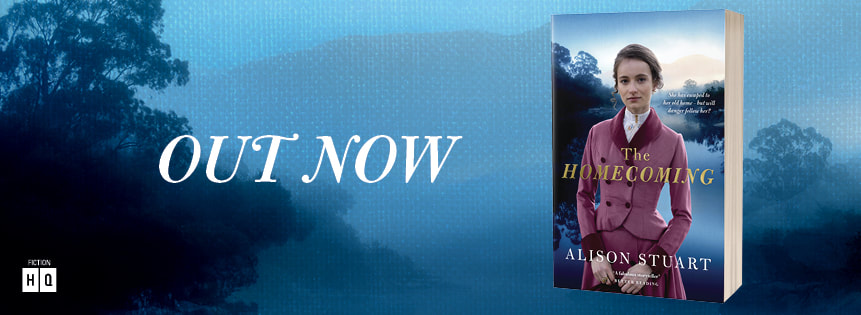
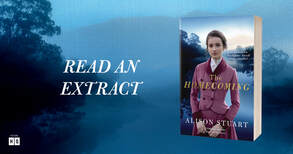
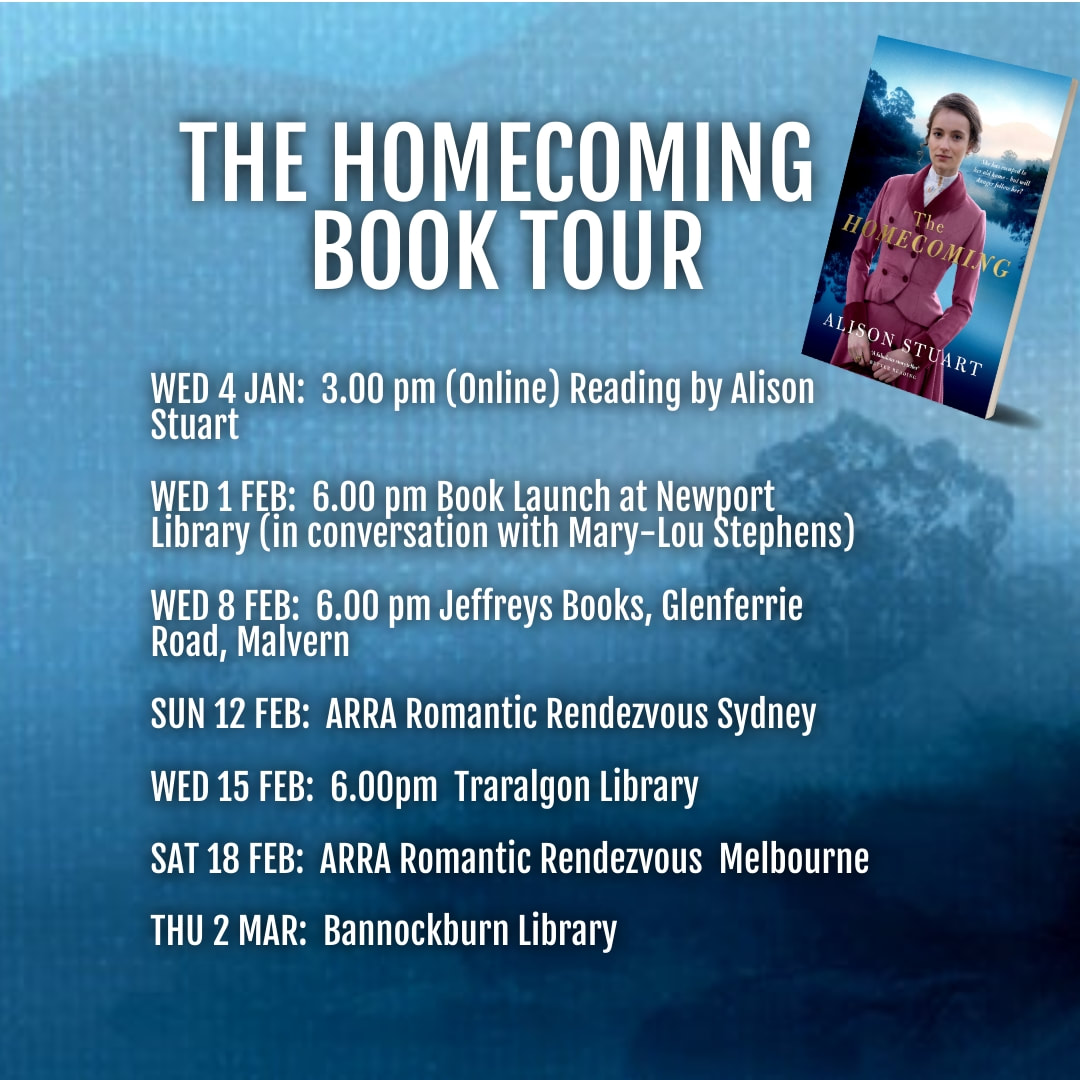
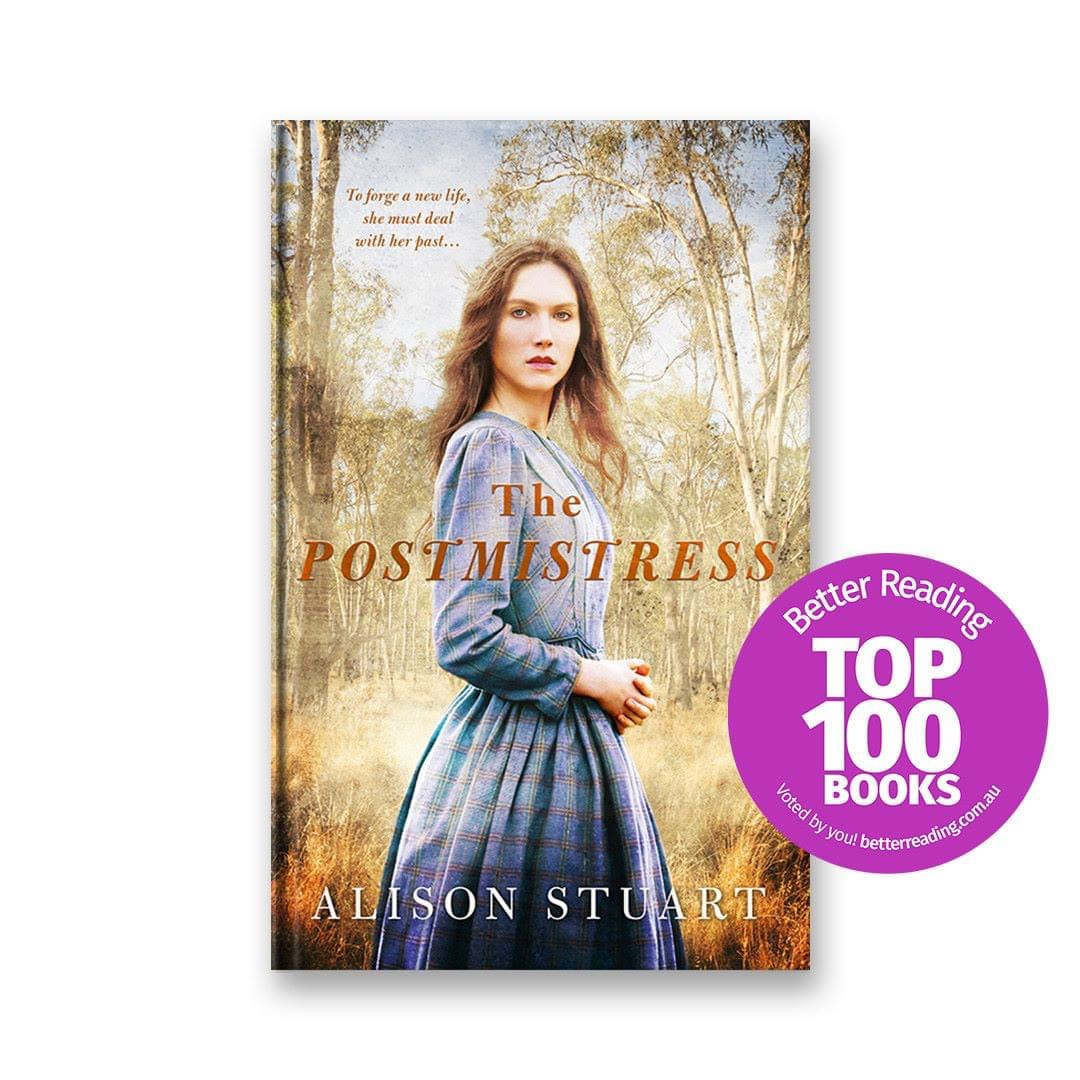
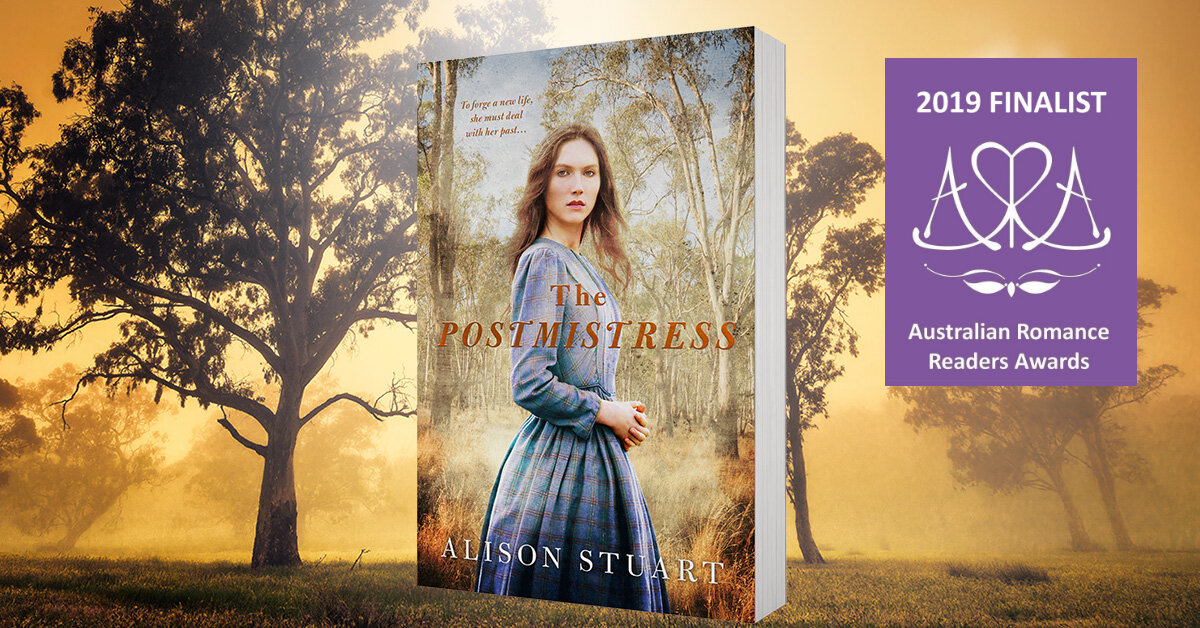
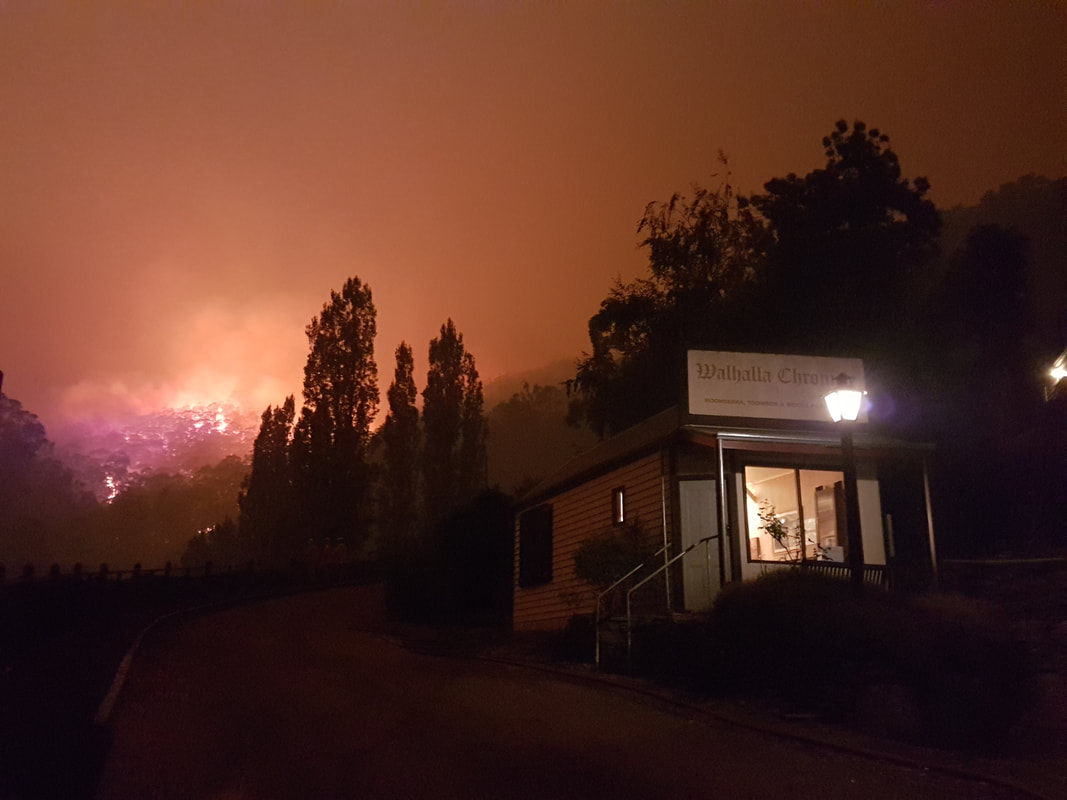
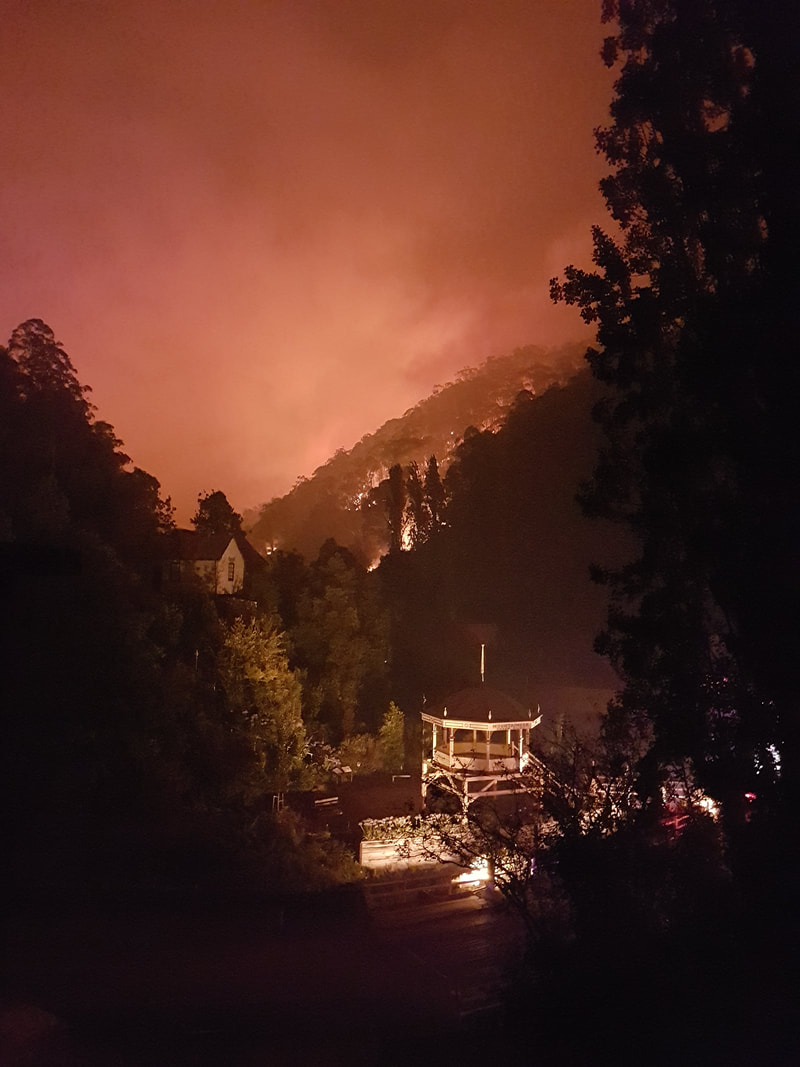
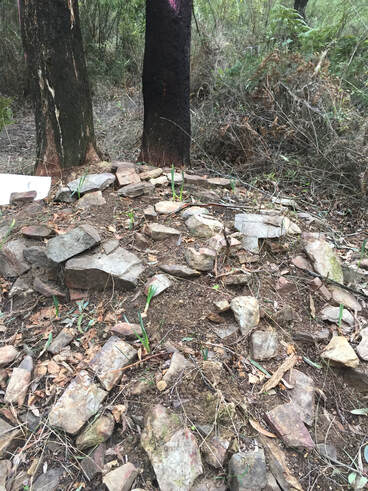
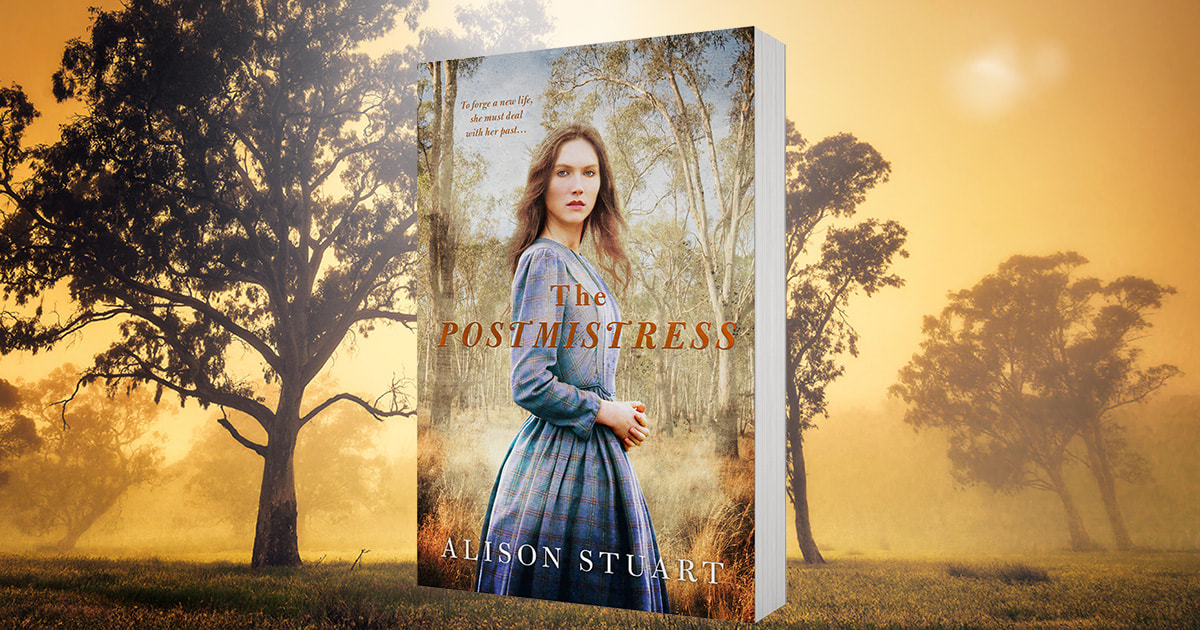
 RSS Feed
RSS Feed